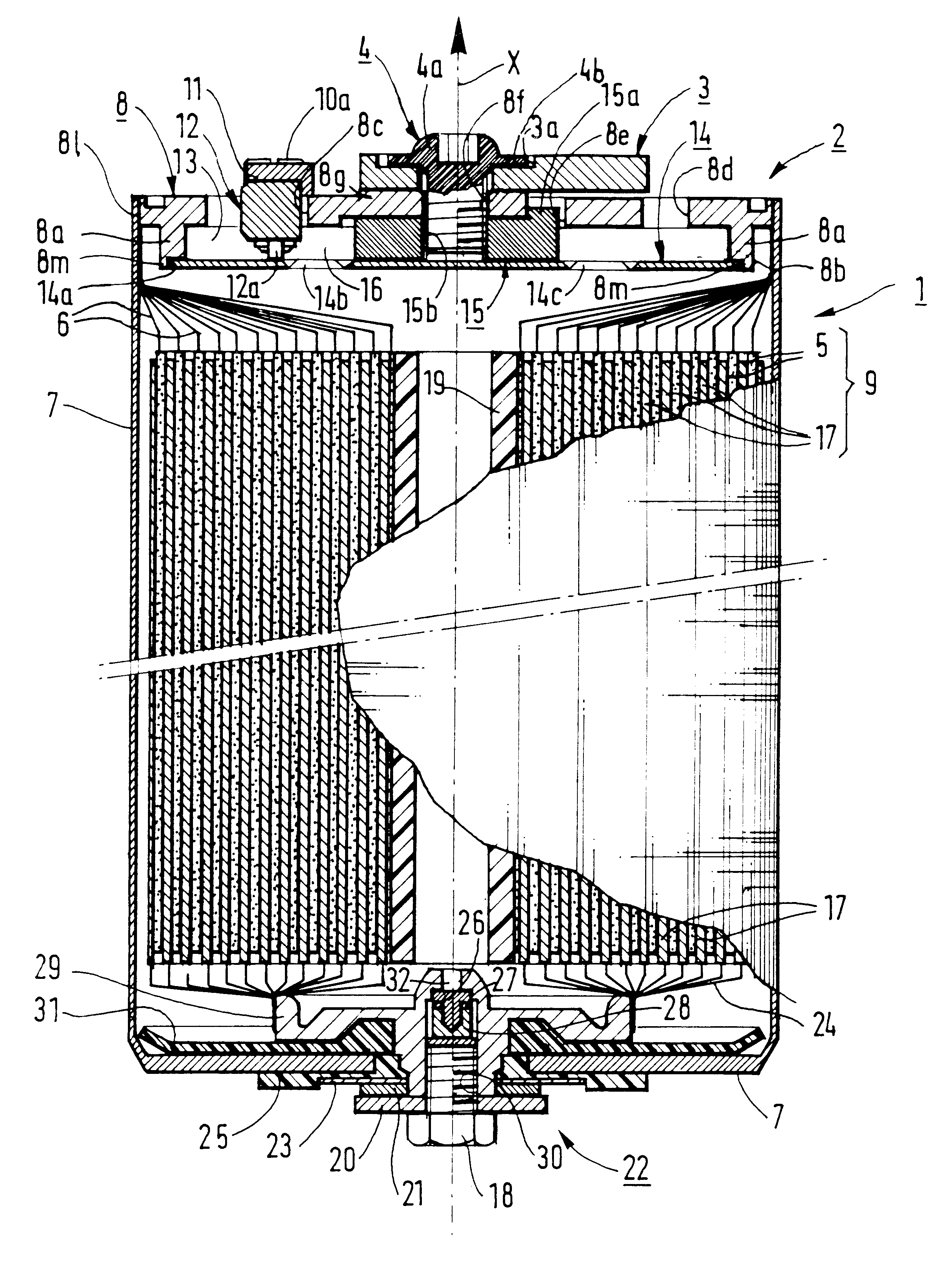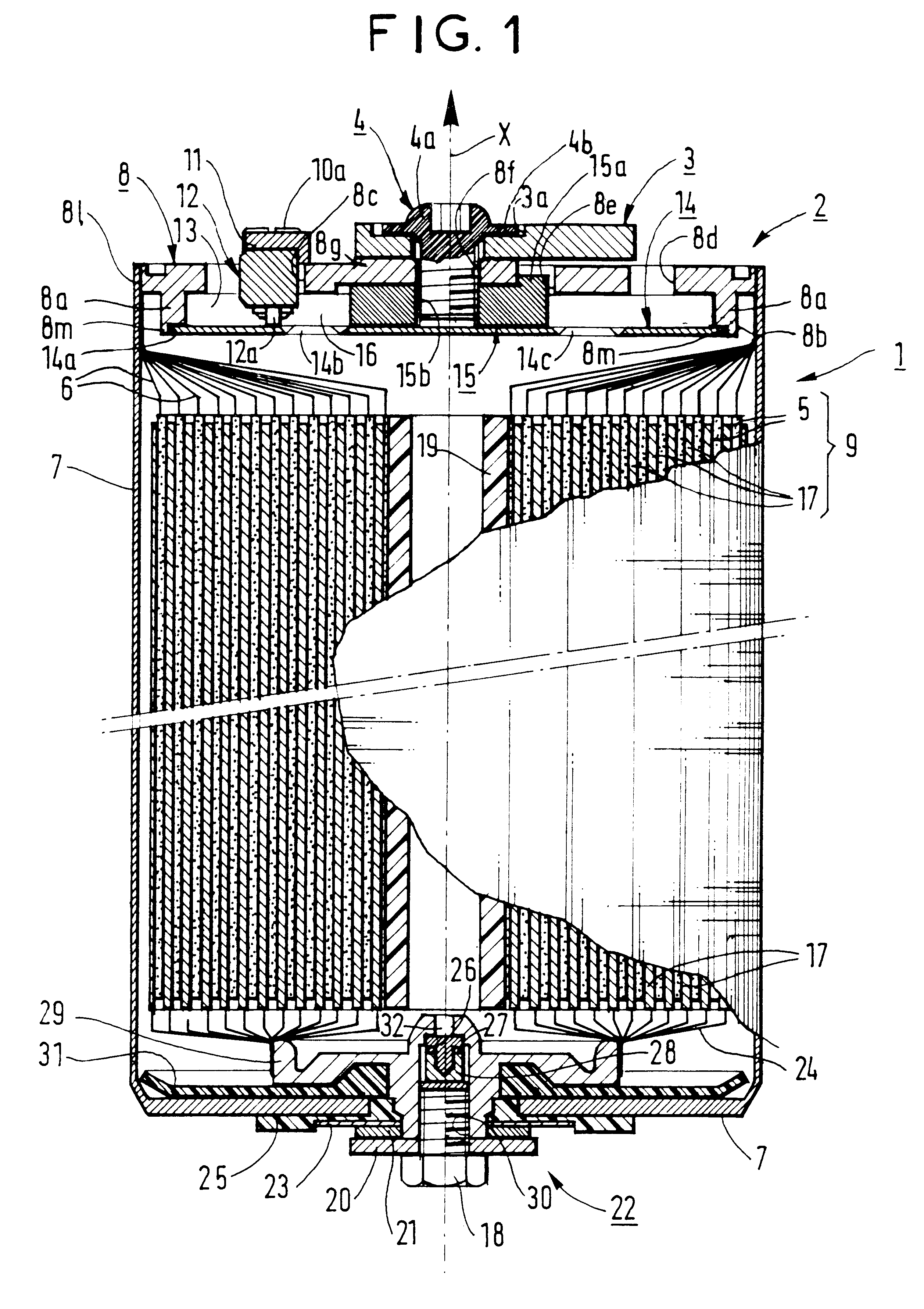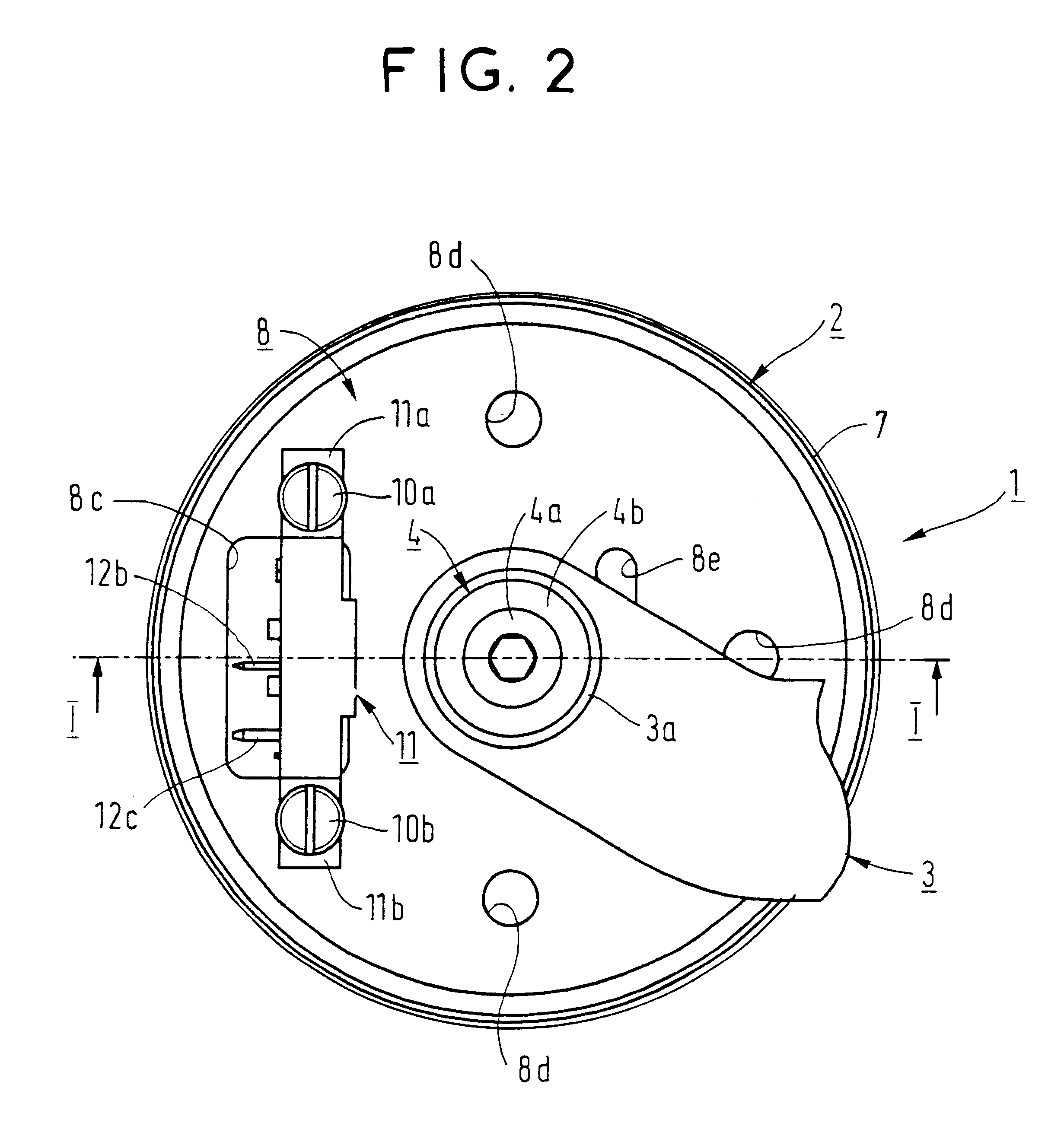Sealed storage cell with an aluminum terminal
- Summary
- Abstract
- Description
- Claims
- Application Information
AI Technical Summary
Benefits of technology
Problems solved by technology
Method used
Image
Examples
Embodiment Construction
The cell 1 shown in FIGS. 1 to 3 is a sealed lithium-ion type cell. It has a capacity of 30 Ah to 50 Ah and is used to power electric or hybrid vehicles. It comprises a container in the form of a practically cylindrical can 7 closed by a cover 8. At one end 22 the cell 1 has a negative terminal. At its other end 2 the cell 1 has a positive terminal. The cell 1 includes an electrochemical stack 9 including at least one alternation of positive electrode (s) 5, negative electrode(s) 17, and separator (not shown), generally wound in a spiral about an axis X on a central support 19 inserted into the can 7, which is filled with electrolyte. The support 19 is made from an insulative material. In a variant that is not shown, the support 19 is insulated from the electrodes 5 and 17, for example by a material of the same type as the separator, without itself being insulative.
The end of the cell 1 incorporating the negative terminal 22 includes a portion of the can 7. The negative terminal 22,...
PUM
 Login to view more
Login to view more Abstract
Description
Claims
Application Information
 Login to view more
Login to view more - R&D Engineer
- R&D Manager
- IP Professional
- Industry Leading Data Capabilities
- Powerful AI technology
- Patent DNA Extraction
Browse by: Latest US Patents, China's latest patents, Technical Efficacy Thesaurus, Application Domain, Technology Topic.
© 2024 PatSnap. All rights reserved.Legal|Privacy policy|Modern Slavery Act Transparency Statement|Sitemap



